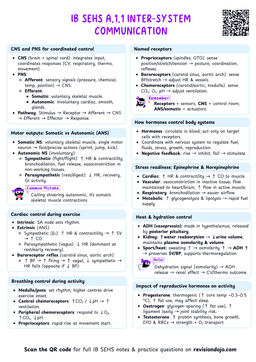Projectile Motion in Sport
Projectile Motion
The curved path an object follows when it is launched into the air and influenced by gravity and air resistance.
- This motion is shaped by six key factors:
- Initial velocity
- Angle of projection
- Height of release
- Gravity
- Air Resistance
- Spin
Key Factors Affecting Projectile Motion
- Initial velocity:
- Starting speed of the projectile
- Affects both distance and height
- Determines overall range
- Angle of projection:
- Launch angle relative to horizontal
- Optimal angle depends on goal
- Different for each sport
- Height of release:
- Starting height above landing point
- Affects flight time and range
- Critical in sports like basketball and volleyball
Students often think 45° is always the best launch angle. Remember: optimal angle depends on release height, target height, and air resistance.
Optimal Angles in Sport
- Level ground projectiles:
- 45° maximizes range
- Used in shot put
- Ideal for horizontal targets
- Elevated targets:
- Above 45° for basketball
- 50-60° for volleyball serves
- Higher angles increase peak height
In basketball free throws:
- Release height: ~2m
- Target height: 3.05m
- Optimal angle: 52-55°
- Initial velocity: ~7.5 m/s
Initial velocity: the power behind the motion
Initial Velocity
Initial velocity is the speed at which a projectile is launched. It has two components:
- Horizontal velocity: Determines how far the projectile travels.
- Vertical velocity: Determines how high the projectile rises.
A soccer ball kicked with a higher initial velocity will travel farther than one kicked with less force.
Angle of projection: finding the perfect launch
Angle of projection
Angle of projection is the angle formed by the initial velocity of a body and the horizontal plane through which the body is thrown.
- The angle of projection is the angle between the projectile's path and the ground at launch.
- This angle affects the projectile's range, height, and trajectory shape.
Key angles to remember
- 45°: Maximizes range when the launch and landing heights are the same.
- Less than 45°: Optimal when launching from a height (e.g., shot put).
- Greater than 45°: Optimal when aiming for a higher target (e.g., basketball free throw).
Don't assume 45° is always the best angle. The optimal angle depends on the relative heights of launch and landing, as well as factors like air resistance.
Height of release: gaining an advantage
Height of Release
The height above the ground level, or the height above the point of landing, of the centre of gravity of a projectile immediately before it leaves the ground.
- The height of release is the vertical distance between the launch point and the landing point.
- A higher release height generally increases the projectile's range.
A feather shuttlecock decelerates quickly due to its light weight and high drag, creating a steep, curved flight path.
Gravity
Gravity
The force that attracts a body towards the centre of the earth, or towards any other physical body having mass.
- Constantly pulls the projectile downward, causing it to follow a curved path (parabola).
- The vertical velocity decreases on the way up, reaches zero at the peak, then increases downward due to gravity.



